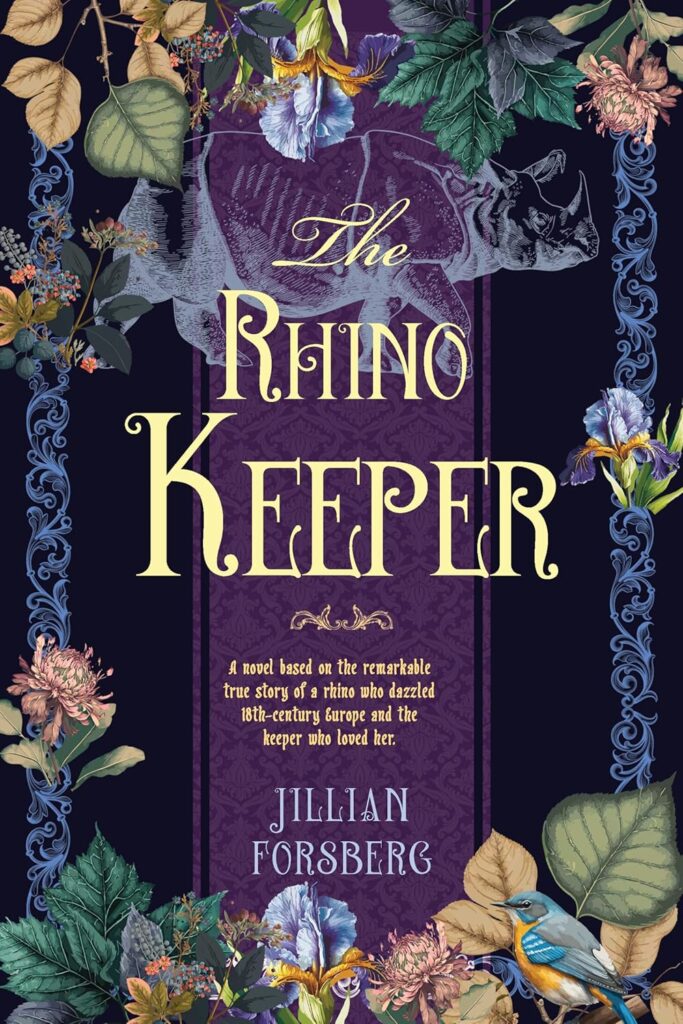The Puritan Princess
The period from 1649 to 1661 was the first and only time in English history, since Aethelstan ruled a united England in the 10th century, when the divine right of kings was interrupted. Malins uses this turbulent time as backdrop to The Puritan Princess, which covers part of the life of Oliver Cromwell’s youngest daughter, Frances (Fanny): her courtship, marriage, widowhood, and fervent involvement in aiding her brother, Richard, who was named Cromwell’s successor.
Malins is a Cromwellian scholar, and her impeccable research is thorough. She concentrates on Fanny’s life from 1657, when Cromwell refuses to accept the crown, to 1661, after the return of the exiled king, Charles II. The novel begins well and is more quickly paced towards the end, in the wake of the upheaval over Cromwell’s death. Unfortunately, the middle gets bogged down in historical minutiae and name-dropping, and feels repetitive at times. The Protectorate is beset by disgruntled papists, cavaliers, Fifth Monarchists (an extreme Puritan sect), and on a wider scale, the Spanish, so scene-setting is important. Whilst context is necessary, it’s possible to be given too much, and there isn’t enough substance to Fanny’s story to keep the pages turning. Her romance is brief, her marriage briefer, so most of the narrative concerns her intellect and astuteness, her aptitude for politics and statecraft, her attachment to her siblings, and her interest in her father’s role as Protector.
Malins presents Fanny as a lesser-known feminist, a woman markedly ahead of her time, who was heavily involved in the day-to-day politics of her family. I applaud the author for bringing the Cromwells back into kinder focus and hope that Cromwell’s oldest daughter Bridget’s story, A Rebel Daughter, comes closer to hitting the mark.










